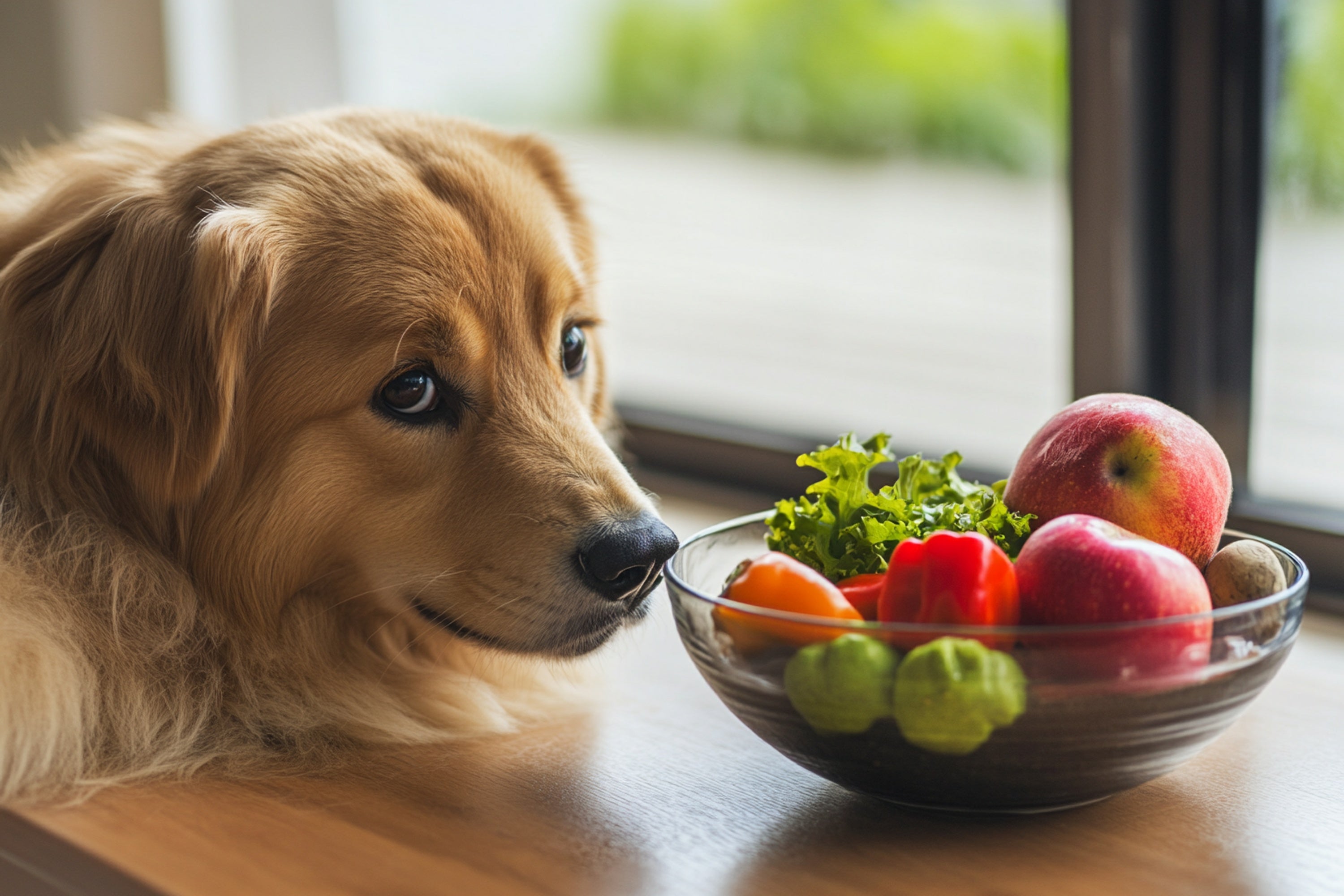Pet parenting has evolved, and so have the food choices for our furry companions. While home-cooked meals have been a popular choice, the shift toward premium commercial pet food is growing. But how do you ensure that the food you choose for your dog fits their lifestyle and nutritional needs?
In this blog, we’ll cover the key considerations for selecting the right pet food, why consulting a vet is important, and how to read pet food labels like a pro.
Why Transition to Commercial Pet Food?
With the increasing variety of premium commercial dog food, pet parents are shifting away from home-cooked meals to more balanced and nutrient-dense options. Commercial dog food offers the advantage of being scientifically formulated to meet your dog’s specific dietary needs, whether they need high-protein food for energy or grain-free for sensitivities.
Tip #1: Check the Ingredients and Labels
When choosing commercial dog food, always read the ingredient list carefully. Look for high-quality protein sources and avoid by-products or if you see a long list of chemicals . Checking for complete nutritional information ensures your dog is getting all the essential vitamins, minerals, and nutrients.
Tip #2: Consult Your Vet Before Switching
Before making any drastic changes to your dog’s diet, speak with your veterinarian. A vet can provide advice on the ideal food based on your dog’s age, breed, weight, and activity level.
How to Read Pet Food Labels
Pet food labels can be overwhelming, but understanding them is crucial. Look for these key aspects on the label:
1.Complete and Balanced: Ensure the label mentions the ingredients clearly and is a complete nutritional diet for your pet
- Nutritional Value: Ensure it contains essential nutrients like proteins, fats, vitamins, and minerals. Skip products with too many fillers like corn or soy.
- Feeding Guidelines: Follow the recommended serving sizes based on your dog’s weight and activity level. But here again, these guidelines are generic because eat pet has a different lifestyle, health and activity level. As a pet parent you are best judge as to how much food your kid needs
Tip #3: Know Your Dog’s Lifestyle
A highly active dog requires more protein and calories than a more sedentary dog. Choosing food that matches your dog’s activity level ensures they receive the correct balance of energy and nutrition.
Choosing the Right Pet Food: A Balanced Approach
Choosing between home-cooked meals and premium commercial food comes down to ensuring that your dog’s nutritional needs are being met. Home-cooked meals may lack the nutrients your dog requires without supplementation, while premium commercial foods are carefully crafted to provide complete nutrition.
Conclusion: Choose only premium grade food for a healthier life
Incorporating commercial premium food into your dog’s diet can improve their overall well-being. Always prioritise quality, consult your vet, and carefully check labels to ensure your dog gets the best nutrition. Pet food is more than just fuel—it’s a way to keep your dog healthy, happy, and active.




Leave a comment
This site is protected by hCaptcha and the hCaptcha Privacy Policy and Terms of Service apply.